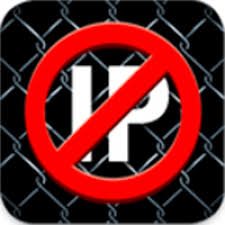Almost every mail server and certain firewalls use an IP address blacklist to determine whether to receive emails, mark these as ‘Junk’, or to drop traffic. To tackle these things, several individuals started to keep lists that record which party creates spam and malicious software. Keep reading to know more about IP blacklists.
Issues With IP Blacklists
The major issue with the blacklists is that these block traffic at an inappropriate time. Some blacklists deliberately do this, thereby forcing those who hold big blocks of IPv4 addresses to act to keep spam from getting to their customers. A device sometimes gets blacklisted due to spam, but it may be patched and that spam stopped afterward.
Several blacklists come with an ‘aging’ time, where an internet protocol address would be excluded from the blacklist if no more issues are reported or noticed over time. If it is re-reported, the address being aged out might just take longer the next time it occurs.
An IP address for sale may already be blacklisted. This means you have to do your due diligence when looking to purchase the address. It is possible to list and delist Internet Protocol Version 4 addresses at any given time, so blacklist verification from 14 days before may not have any connection with the present one.
IP Address Blacklist Removal
Each maintainer of an IP blacklist has a unique mechanism to have addresses delisted, which tends to require some evidence that the actual reason for its listing is eliminated. For many lists of Spam and Open-Relay Blocking System (SORBS), you should ask for a retest with the following steps.
- Sign in to a computer that has the blacklisted address, visit the support webpage of SORBS, and click on ‘Request Key.’
- Email that key to the IP blacklist maintainer, and they will retest the system.
In the event of the test passing, SORBS would flag the IP address that should be delisted. If you lack access to the system, or the device has no web browser, then you could try opening a SORBS support ticket.
Almost every blacklist operator knows that an unrouted IP address is not the origin of spam. This means making your network offline, like you would do to prepare for a sale, gives SORBS a fair reason to reconsider retesting your machine. Likewise, the evidence of the time a block of IPv4 addresses was transferred, tends to be acceptable documentation.






